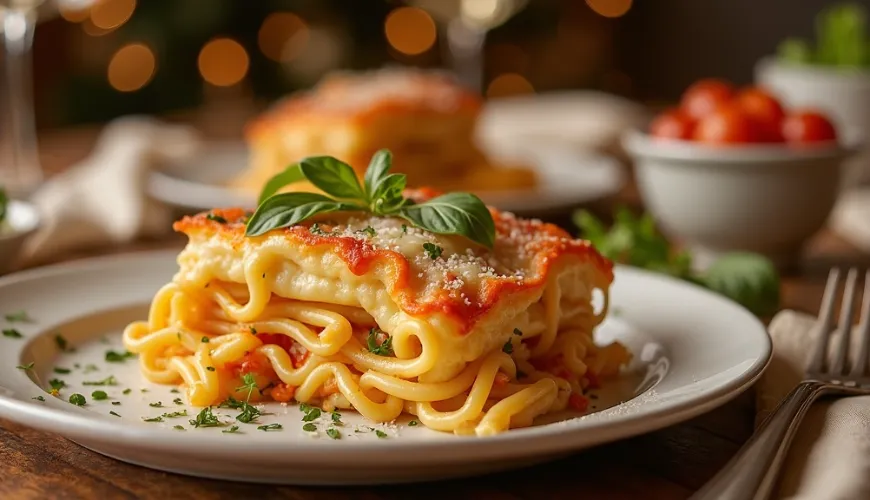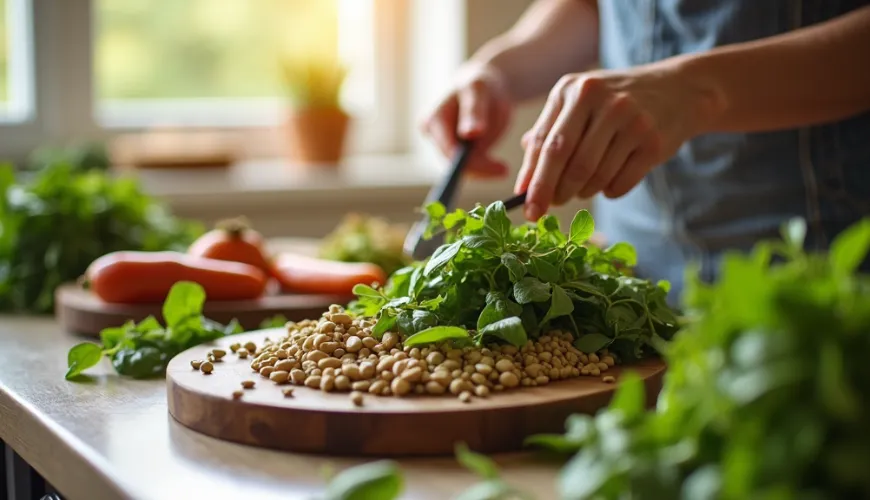
Sample Meal Plan for a Divided Diet for Each Day of the Week

What is Food Combining and How Can It Change Your Perspective on Eating?
Food combining is a way of eating that has appeared in various forms over the decades in the diets of those seeking better digestion, weight loss, or life balance. The principle is simple – do not eat certain groups of foods simultaneously, thus easing the body's work with their digestion. Most commonly, foods rich in carbohydrates are separated from those containing proteins. At first glance, it may seem like an unusual approach, but as the experiences of many people show, even a small change in habits can have surprising effects.
Imagine a typical lunch – chicken breast with rice and vegetables. In food combining, however, meat and rice would not meet in one meal. Vegetables? You can pair them with practically anything. But carbohydrates and proteins – according to this philosophy, it's a combination that the body digests poorly because each of these components requires a different environment and enzymes. The result of their combination can be a feeling of heaviness, bloating, or fatigue after eating. Advocates of food combining believe that by separating these groups, the body is eased, digestion improves, and thus overall health.
How Does Food Separation Work?
The basic principle is actually quite simple – foods are divided into three groups: protein-rich, which includes meat, fish, eggs, or legumes, then carbohydrate-rich, such as grains, bread, potatoes, or fruits, and finally neutral, which typically includes most vegetables, plant-based fats, or various seeds and nuts.
The goal is to not combine proteins and carbohydrates in one meal, but always supplement them with a neutral component. For example, you can have pasta with vegetable pesto and salad, or chicken with steamed broccoli and zucchini. Vegetables play a key role here – they are the universal connector that "softens" both groups of dishes and ensures variety and enough fiber.
This method has appeared in various forms since the 20th century, gaining popularity primarily thanks to writer Dr. Howard Hay. Today, the food combining diet is often associated not only with relief from digestive issues but also with a lifestyle focused on mindful eating, a better relationship with food, and the prevention of lifestyle diseases.
Sample Food Combining Menu
Although food combining may initially seem complicated, it is actually more about a change in perspective on food rather than a strict regimen. Below is a sample seven-day food combining menu that shows that even without combining "incompatible" foods, you can eat deliciously, simply, and joyfully.
Monday – Carbohydrate Day
Breakfast: Oatmeal with apples, cinnamon, and walnuts
Snack: Banana or pear
Lunch: Whole grain pasta with tomato sauce and basil
Snack: Slice of rye bread with avocado and sprouts
Dinner: Baked pumpkin with quinoa and lamb's lettuce
Tuesday – Protein Day
Breakfast: Plain yogurt with cucumber, flaxseed, and herbs
Snack: Cheese slices with cherry tomatoes
Lunch: Grilled tofu with zucchini ratatouille
Snack: Cup of kefir and a handful of pumpkin seeds
Dinner: Soft-boiled eggs with arugula and radish salad
Wednesday – Carbohydrate Day
Breakfast: Rye bread with homemade plum jam
Snack: Dried apricots and a handful of sunflower seeds
Lunch: Baked sweet potatoes with vegetable hummus
Snack: Smoothie with banana, oat milk, and cocoa
Dinner: Red lentil risotto with root vegetables
Thursday – Protein Day
Breakfast: Cottage cheese with chives and vegetables
Snack: Cup of broth and nuts
Lunch: Trout with butter and sautéed broccoli
Snack: Celery sticks with yogurt dip
Dinner: Baked tofu with grilled peppers
Friday – Carbohydrate Day
Breakfast: Millet porridge with hot raspberries and poppy seeds
Snack: Handful of dates or dried figs
Lunch: Chickpea stew with couscous and parsley
Snack: Pumpkin and carrot soup
Dinner: Pasta salad with vegetables and olives
Saturday – Protein Day
Breakfast: Omelet with herbs and mushrooms
Snack: Cucumber slices and bell pepper
Lunch: Herb-marinated chicken breasts with sautéed spinach
Snack: Kefir smoothie with avocado
Dinner: Cottage cheese with radishes and flaxseed
Sunday – Neutral and More Flexible Day
Breakfast: Banana bread made from buckwheat flour
Snack: Apple and a few nuts
Lunch: Zucchini fritters with yogurt dip
Snack: Fruit salad with a splash of lemon
Dinner: Salad with roasted beetroot, arugula, and goat cheese
One of the common myths is that food combining means hunger. However, as the menu above shows, even without combining proteins and carbohydrates, meals can be filling, colorful, and tasty. The key is variety, freshness, and simple preparation of ingredients – and it is precisely in this way that food combining aligns with the principles of a healthy lifestyle.
Does Food Combining Work for Everyone?
The answer isn't black and white. Some people respond very positively – losing excess weight, feeling lighter, with digestive issues disappearing. Others don't notice a difference or find the new way of combining foods unsuitable. Often, it's not just about the separation of foods but also about a more mindful approach to eating – regularity, quality ingredients, limiting processed foods and sweets.
As the German philosopher Ludwig Feuerbach said: "Man is what he eats." And that is the deeper meaning of food combining – it's not about a diet, but about a return to a natural and meaningful relationship with food.
In a modern world full of stress, rush, and instant solutions, food is often one of the few everyday rituals we have control over. So why not enjoy it in a way that doesn't overwhelm the body but rather supports it? Many people who have switched to food combining describe a surprising effect: not only do they digest better, but they also sleep better, have stable energy throughout the day, and experience less craving for sweets.
Food combining is not a cure-all or a miracle recipe for slimness. It is one of the approaches that can provide new habits, open the path to understanding one's own body, and offer healthy inspiration for everyday cooking. Perhaps its strength lies precisely in that – it doesn't force, but offers. And for those who try it, they might discover that eating simply and mindfully is today's greatest luxury.

